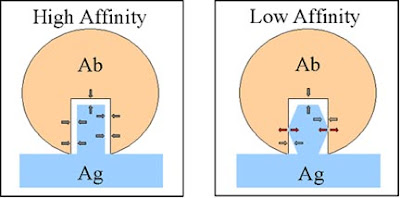
Well, since it's WORLD AIDS DAY TODAY - 1 DEC 2008
Here's to it.
First of all, HIV stands for Human Immunodeficiency Virus.
AIDS stands for Acquired Immunodeficiency Syndrome.
HIV is the virus that causes the disease AIDS.
HIV attacks the body by affecting a type of white blood cell called the T lymphocyte, or T cell. T cells are cells in the immune system which help the body fight off infections and diseases.
After the HIV enters the body, it carrys onto a T cell and works its way into the cell. Once it completely takes over the T cell, it starts making many copies of itself. The newly made viruses then leave the T cell and go on to infect other healthy working T cells. After being invaded by the virus, the T cells can no longer work properly to fight infections.
However, it may take years for the virus to damage enough T cells to make a person fall sick and develop AIDS. Due to medications, people infected with HIV can stay relatively healthy and symptom-free for many years. Nevertheless, the virus is still silently reproducing itself and destroying T cells. The person is still contagious and may pass on the virus to someone else.
When most of the T cells have been destroyed by the virus leading to low T cells count, a person's immune system will weaken, and can no longer fight off infections hence showing signs of serious infection. This is when he/she is diagnosed with AIDS.

The HIV invades a white blood cell
A shoutout to sexually active people out there, protect yourself, use a condom!


































